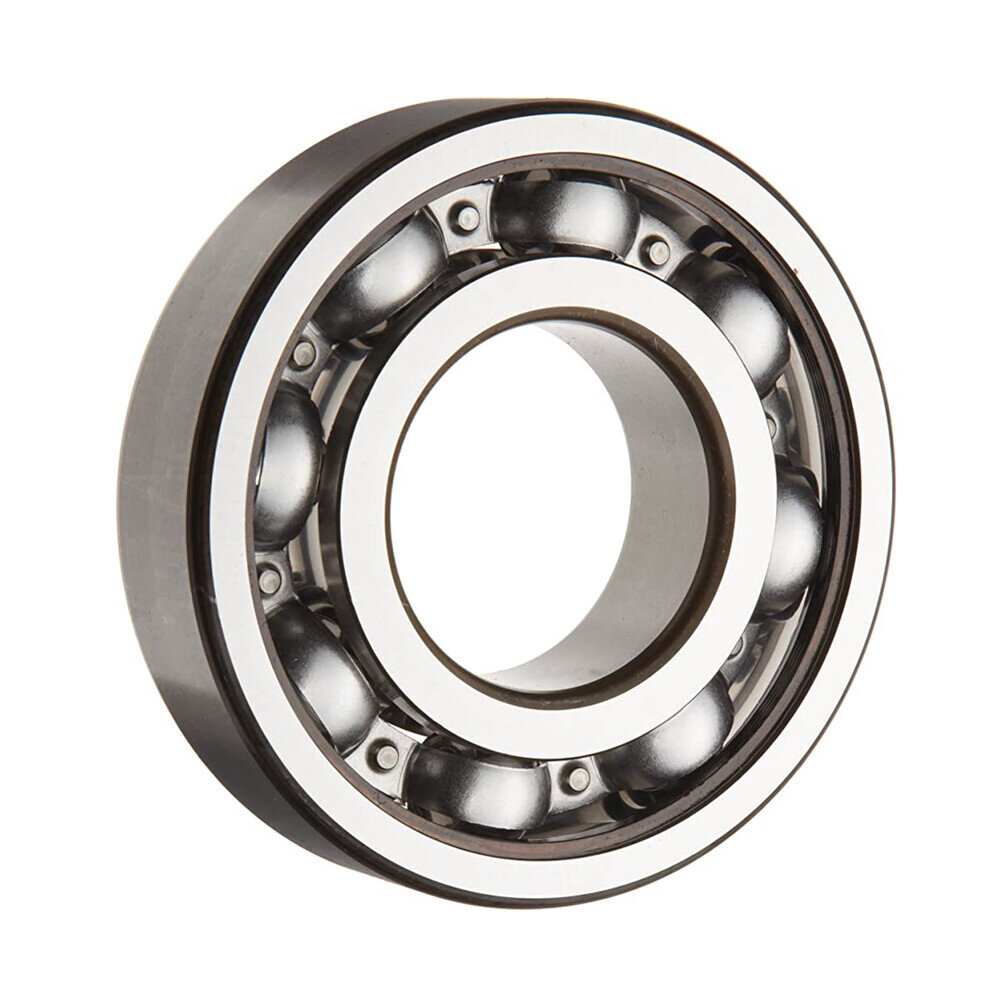Comprehensive Size Chart for Self-Aligning Ball Bearings
Comprehensive Size Chart for Self-Aligning Ball Bearings
Blog Article
Detailed Size Chart for Self-Aligning Ball Bearings
Self-aligning bearings product catalog are essential components in various machinery and equipment, renowned for their ability to accommodate misalignments and reduce friction. These bearings are particularly valuable in applications where shafts may have issues aligning due to assembly mistakes or operating stresses. Knowing the dimensions and specifications of self-aligning ball bearings are crucial for selecting the right bearing for your needs. This guide gives a thorough overview of the primary dimensions and specifications that you need to take into consideration.

Dimensions and Basic Specifications
Self-aligning ball bearings can be found in different sizes and specifications, each suitable for specific uses. The primary dimensions to consider include bore diameter, outer diameter, and the width. These dimensions are usually stated in millimeters. They are essential to determine the bearing's compatibility with the machine you are using it.
The Bore Diameter (d): This is the inner diameter of the bearing that is fitted onto the shaft. Bore diameters range from a small amount of 10 millimeters to more than 100 mm, based on the size of the bearing. An accurate measurement of the bore's diameter is essential to ensure a proper fit and to avoid issues like overplay or shaft misalignment.
Outside Diameter (D) Outer Diameter (D): The external diameter is the total size of the bearing that determines the way it fits within the structure of the housing or support structure. It is vital to ensure that the bearing will fit within the space it is designed to fit into. Outer diameters vary greatly, typically ranging from 30 millimetres to 150 millimetres or more.
Width (B) Width (B): The size of the bearing refers to the space between the inner and outer rings. This dimension influences the bearing's capacity to carry loads and overall stability. They are generally offered in a variety of sizes to accommodate the different requirements of load and space limitations.
Load Ratings and Material Specifications
When choosing self-aligning ball bearings, load ratings are another crucial aspect to take into consideration. Bearings are subject to various kinds of loads, such as the axial and radial load. Self-aligning ball bearings are made to withstand radial loads as well as moderate the axial load equally in all directions. The load ratings, specified as static and dynamic load ratings, indicate the bearing's ability to handle these forces with no risk of premature failure.
Dynamic Load Rating (C) C): This rating represents the bearing's ability to take on radial loads while in operation. It is usually expressed in kilonewtons (kN) and reflects the bearing's performance in normal operating conditions.
Static Load Rating (C0): A static rating demonstrates the bearing's ability to withstand static loads without excessive deformation. This rating is essential in applications where the bearing is subject to a lot of pressure in stationary positions.
Materials used in self-aligning balls bearings, such as steel or ceramic, also contribute to their performance and longevity. Good quality bearings usually use materials that provide enhanced durability and resistance to corrosion and wear.
Design Variations and Features
Self-aligning ball bearings can be found in various design configurations, including open, shielded and sealed versions. Open bearings allow for direct lubrication and cooling however, they require maintenance on a regular basis. Shielded bearings, on the other hand, feature metal shields to guard against contamination while decreasing the need for frequent oiling. Sealed bearings feature rubber seals that offer the best level of protection against dust and moisture which makes them suitable for extreme environments.

Conclusion
Choosing the right self-aligning ball bearing is about knowing the essential dimension and specification, such as dimensions like bore size, diameter of the outer width and loads. By considering these factors along with the material and design variations, you can select the right bearing to ensure the best performance and durability for the specific purpose you are using it in. For industrial equipment or consumer goods, a precise selection of the right bearing is crucial to achieving an efficient and reliable operation. Report this page